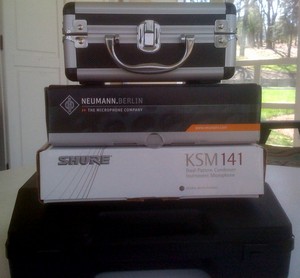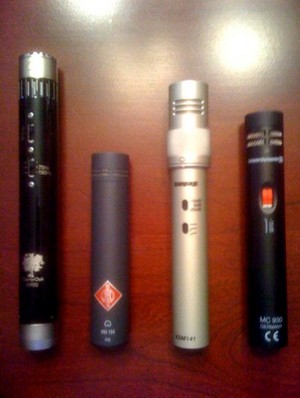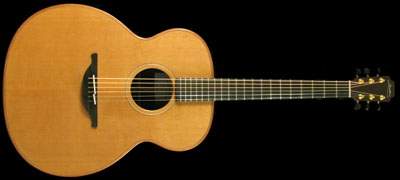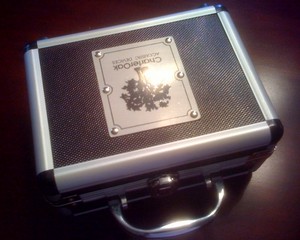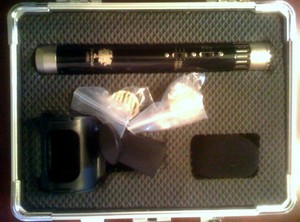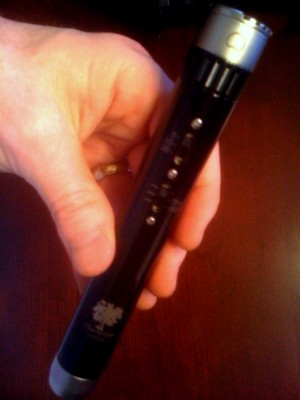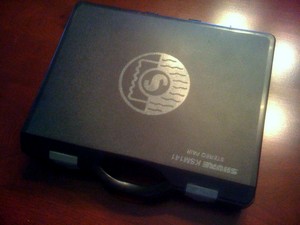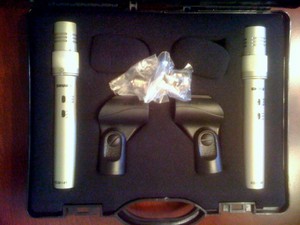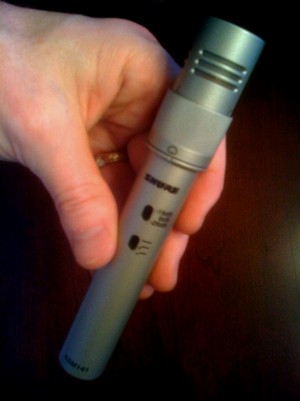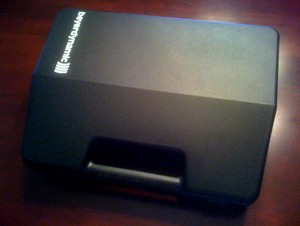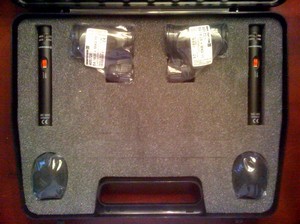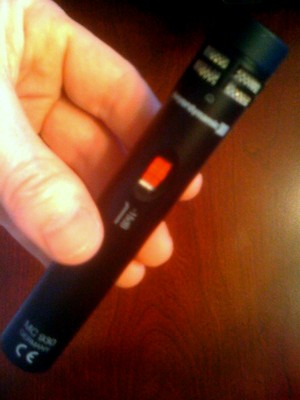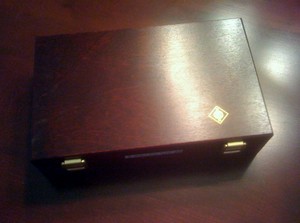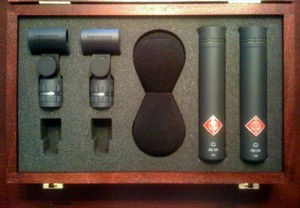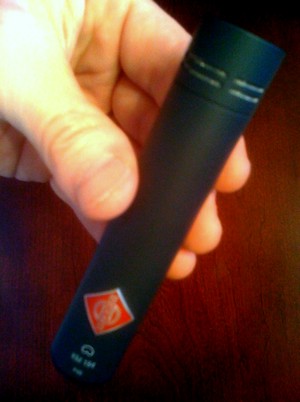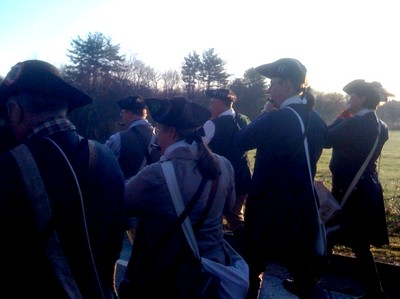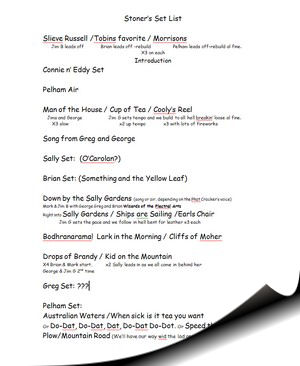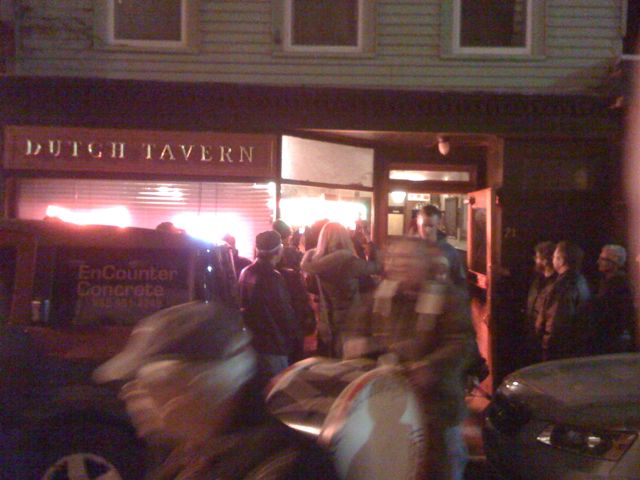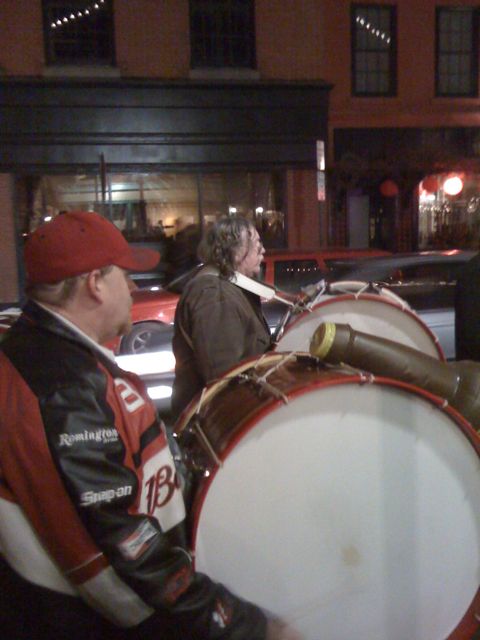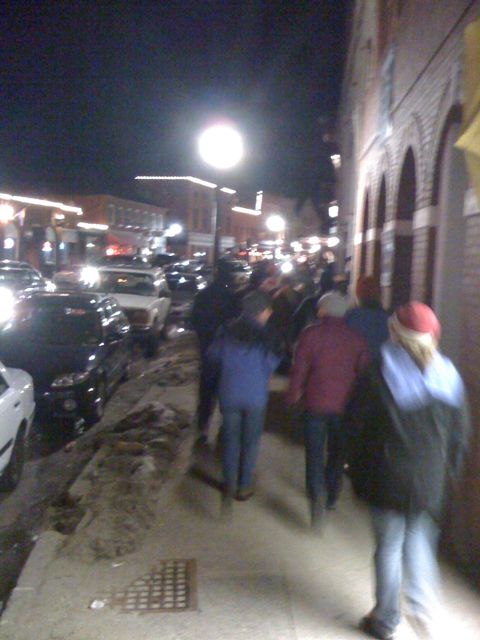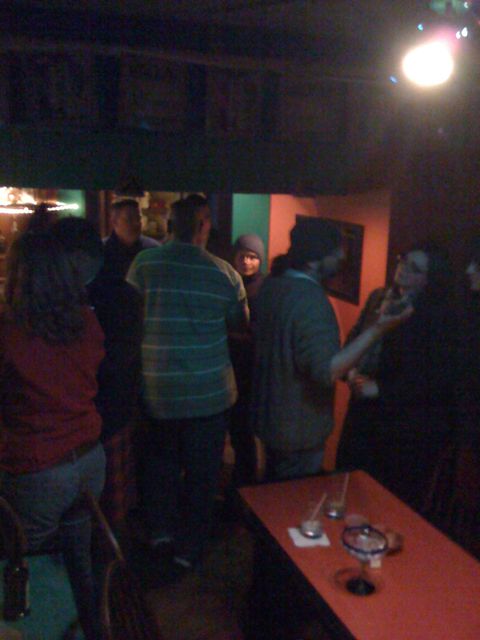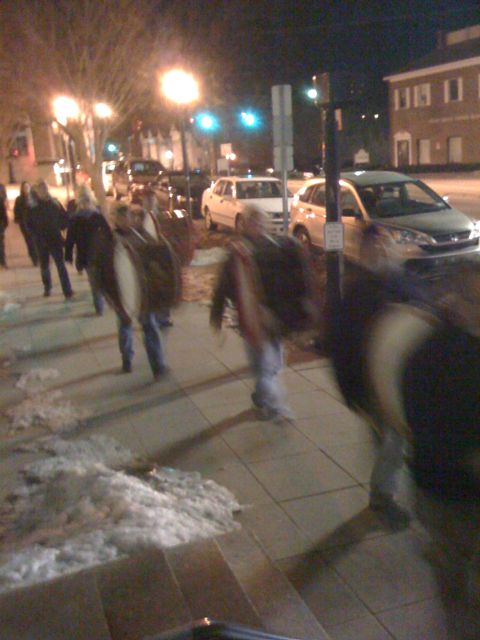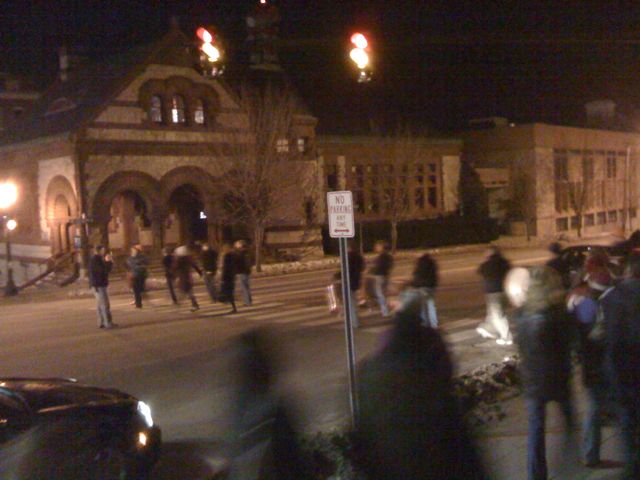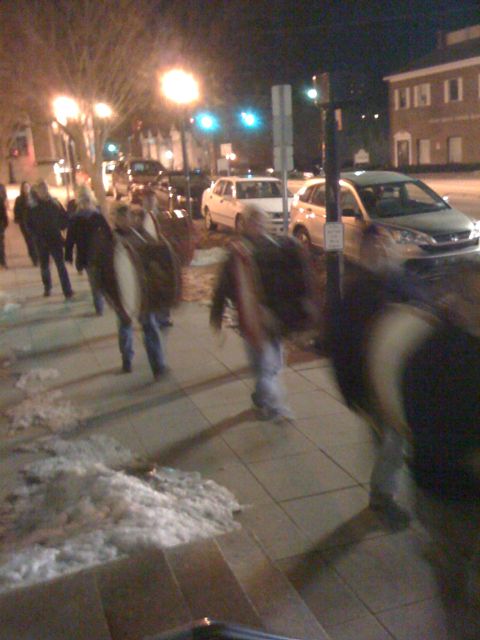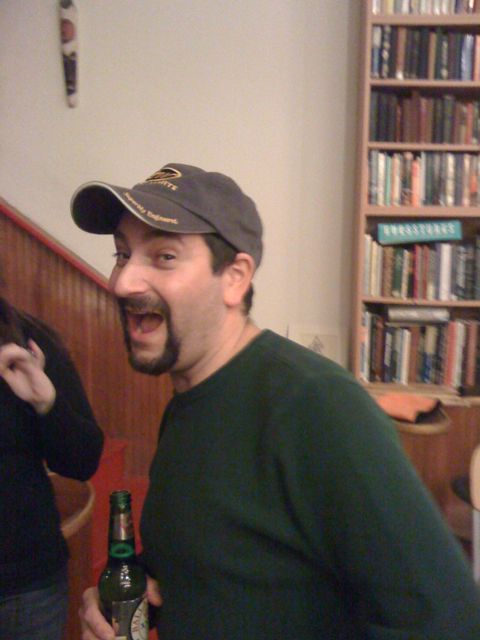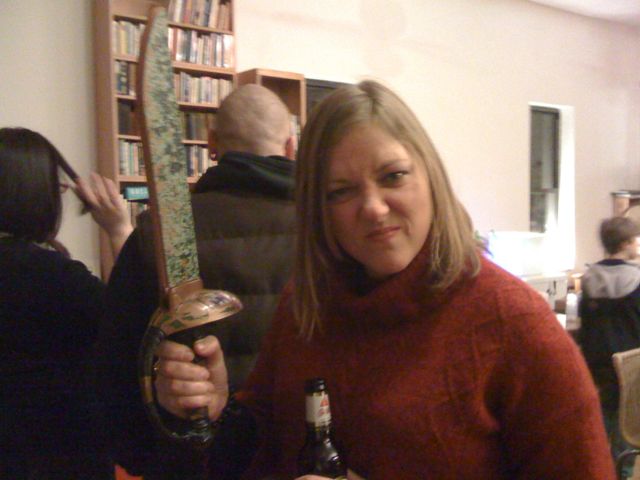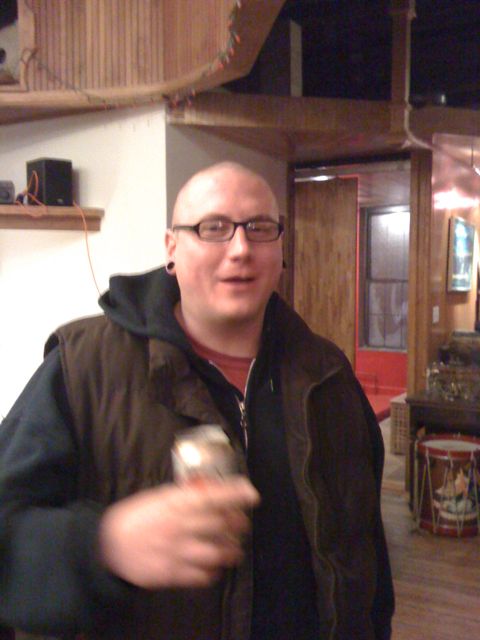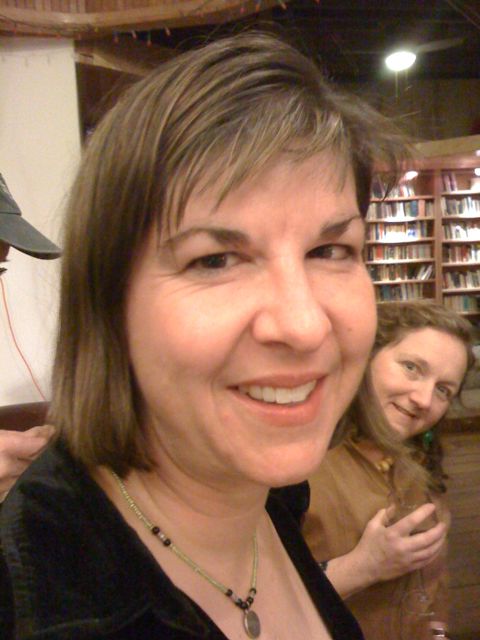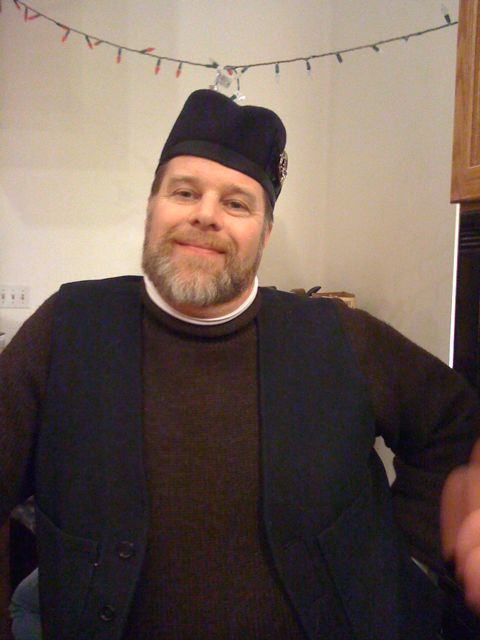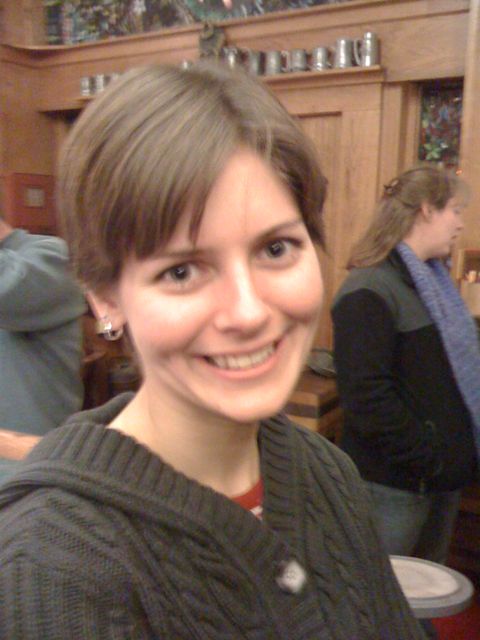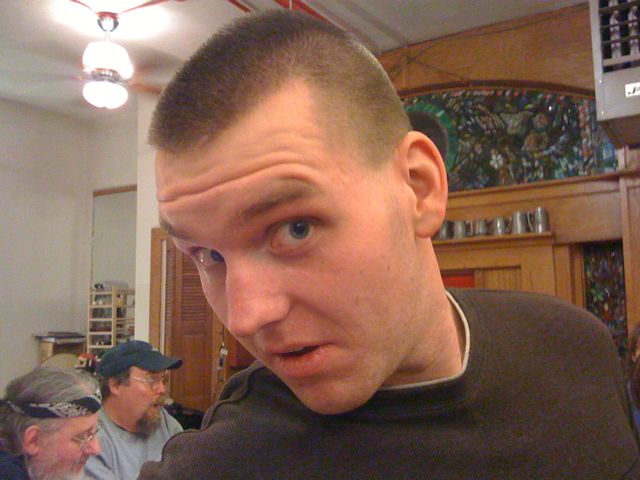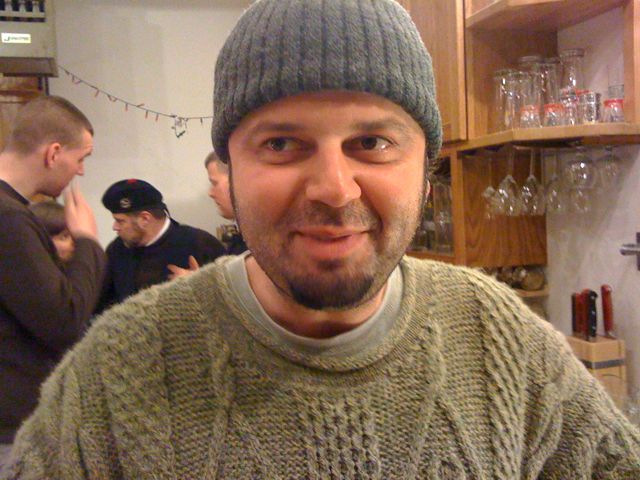 friend music
friend music
Banish Misfortune

With my new Neumann’s in hand, I headed on down the road to the Heineman Ecumenical and Cultural Center, otherwise known as the stone chapel at Framingham State College, for a casual evening of tunes and recording. It has been sort of a personal goal to record with as many of the Stone’s session players as possible. To date I have recorded with Sally the hammered dulcimer goddess, Eamon the accordion acrobat, and of course, my good friend Mustachio the bouzouki bad ass. To the list I wanted to add Mark, sometimes known the White Rabbit, though I don’t really know where that name came from…and am somewhat afraid to ask…but I digress. Anyhow, Mark has both an incredible voice and nice touch on the button accordion. In addition, Mark has the keys to the stone chapel, which we thought would lend itself nicely to some recording. In addition to Mark and I, we also convinced Mustachio to come along.
After a tasty dinner at a local Indian restaurant – musicians don’t play well on empty stomachs – we headed over to the chapel to set up the mics.

Like most chapels, there was lots of natural reverb, which sounds great when playing but adds additional challenges when recording. From a recording engineering perspective it is nice to have well isolated tracks that can be individual tweaked after the recording. Playing live in a reverberant room introduces a bleed of the other instruments onto each mic as well as potentially slathering the tracks in reverb.
We had no real plan and just played tunes that we thought would be fun to try. Sometimes we played them twice, sometimes we didn’t. We played all the instruments at once and there were no overdubs.
After spending a few days listening to the tracks, we decided to do an additional session. Out of this second session came the track included with this post called Banish Misfortune / Sliabh Russell.
In some cases I had two recorded versions to work with and it was possible to take the best bits from both versions and merge them together. That is the case with Banish Misfortune. The first eight measures are from our first take, while the remainder of the track was from our second take. I mixed the two because Mustachio and I were subtly more in sync on the pickup measures in the first take.
Lastly, for recording geeks only, here is an interesting mixing technique the I tried with the concertina:
1. I made two identical copies of the original concertina track.
2. I shifted the first copy 17 milliseconds to the right, thereby creating a delaying of 17 milliseconds.
3. I shifted the second copy 19 milliseconds to the right, creating a delay of 19 milliseconds.
4. I panned copy one hard left and panned copy two hard right.
5. I then brought the volume of both copies to zero.
6. I then slowly brought up the levels of both copies until the delays were barely noticeable.
This gave the concertina a slightly fuller feel and makes it sound like it is in a nice room. With enough mics and good mic placement I should have been able to get a similar effect naturally from the chapel. But I did not have extra mics to work with.
Anyhow, it was lots of fun and I think we did a nice job of capturing three friends just playing music together. Also, I’m looking forward to posting lots of other tracks from The Chapel Sessions including a killer version of Amazing Grace sung by the White Rabbit.
Banish Misfortune / Sliabh Russell by baconworks

